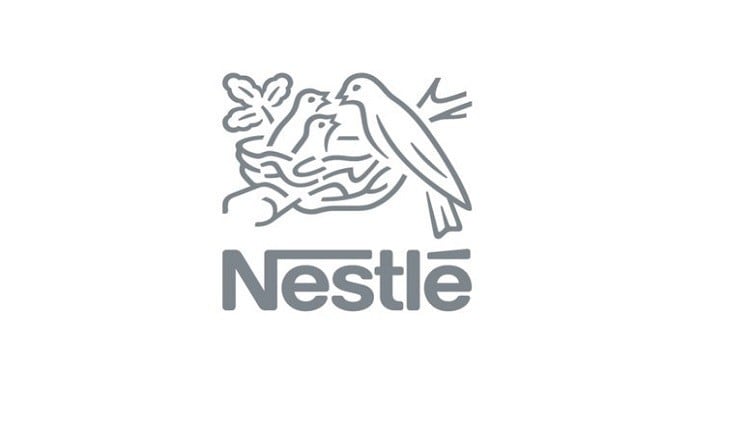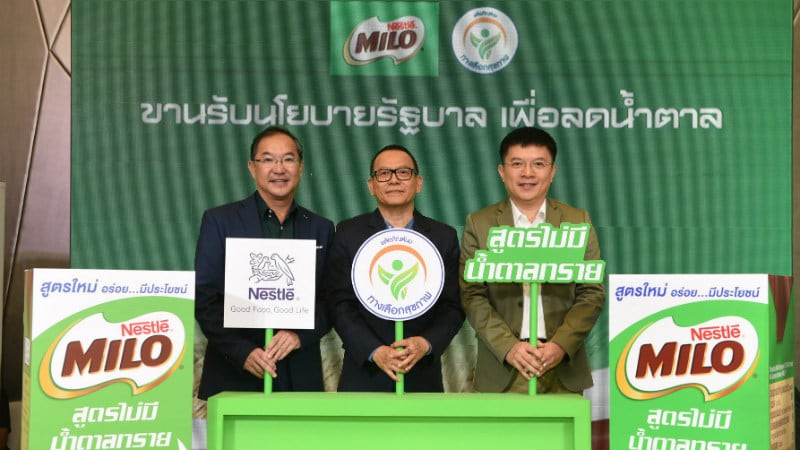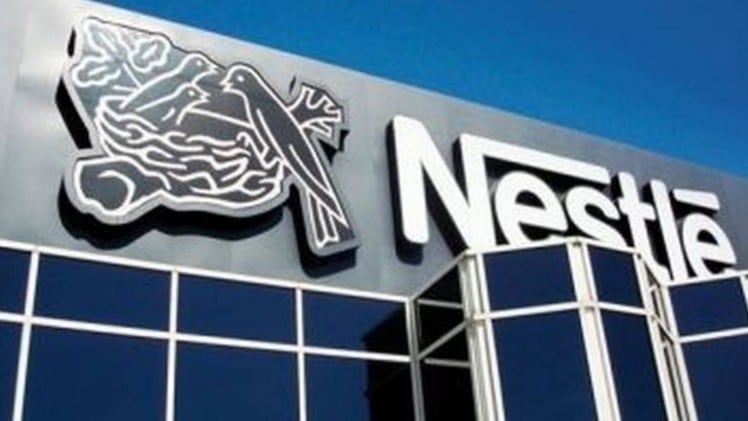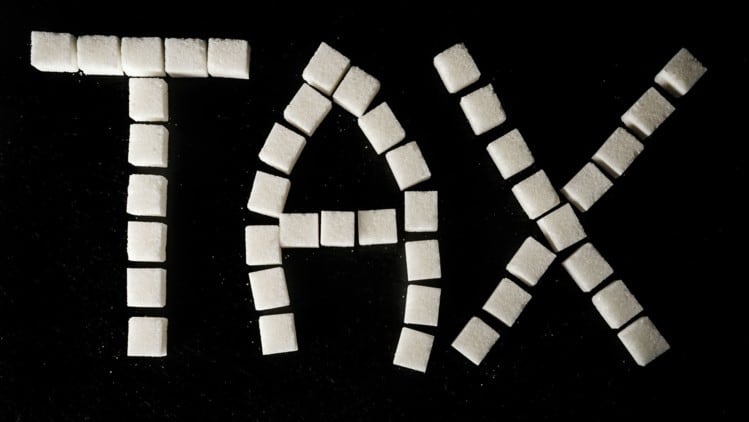The first food-related commodity supplier list that was earlier published on Nestle’s website was for palm oil, and this was recently followed by four more lists for meat (beef, pork, veal, lamb, mutton), vanilla, soya and hazelnuts.
Nestle Executive Vice President, Head of Operations Magdi Batato said that: "By mid-2019, we will also publish the supply chain information for our other priority commodities, which include seafood, coconut, vegetables, spices, coffee, cocoa, dairy, poultry, eggs, cereals and sugar.”
“These commodities cover 95% of the company’s annual sourcing of raw materials.”
Depending on the type of commodity, information disclosed included: Direct (tier 1) suppliers, upstream locations, country of origins, and/or total volume sourced for each commodity.
For Nestle’s upstream meat supply in the Asia Pacific region, data revealed that its major source of meat was New Zealand (27 suppliers), followed by Australia (17 suppliers), China (6 suppliers) and Vietnam (1 supplier).
A Nestle spokeswoman told FoodNavigator-Asia that suppliers from these four countries provide for ‘all the meat-containing products in [our] manufacturing plants in the APAC region’. 430,000 tons of meat were purchased by the company last year in total.
The vast majority (over 90%) of all of Nestle’s palm oil was sourced from Malaysia and Indonesia.
“Procurement of palm oil is done at a global level, [which] means that [supply from] these two countries strongly support [our] worldwide operations as a whole, not just the surrounding APAC regions,” said the Nestle spokesperson.
She added that so far, not all of the company’s palm oil is RSPO-certified, although it is working towards this.
“[Nestle’s] commitment is to achieve 100% RSPO-certified sustainable palm oil by 2023. This builds on [our] ongoing activities to achieve our 2020 no deforestation commitment,” she added.
For other commodities, the majority of the company’s hazelnuts were sourced from Turkey, soya from Brazil and the United States, all of its vanilla from Madagascar.
Why full disclosure?
Nestle also told us that the supplier lists on its website would be updated ‘regularly’ as part of its journey to reach ‘full supply chain transparency’.
“Consumers want to know what is in their food and where it comes from. Therefore, transparency in our supply chains is essential,” added Batato.
Responding to queries about the importance of transparency in the APAC region, Nestle said that: “There is an increased interest in transparency globally, beyond [just] APAC [and] we do believe that this interest will continue to increase in the future.”
Upstream and smallholders
According to a Nestle internal supply operations graph which FoodNavigator-Asia has seen, the company procures its raw materials like meat and palm oil directly from its direct (tier 1) suppliers but also engages various upstream stakeholders including smallholders.
“Addressing the challenges in our palm oil supply chain requires engagement with multiple stakeholders [including] smallholders, which account for 40% of global palm oil production,” said Nestle.
The company has partnered non-profit organization the Earthworm Foundation on the Rurality programme, aiming to further build smallholder inclusion into its supply chains. Within the APAC region, Rurality is actively underway in Indonesia and Malaysia, Nestle’s two largest palm oil sources.





